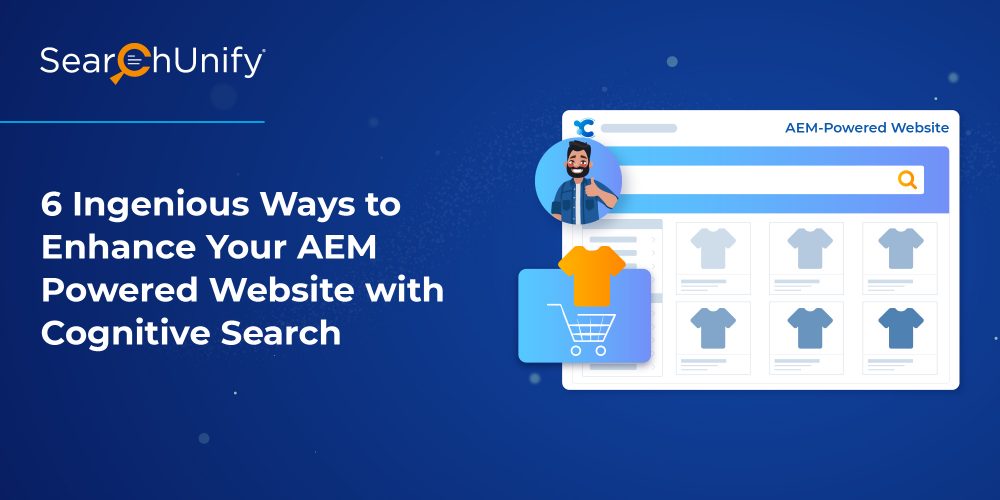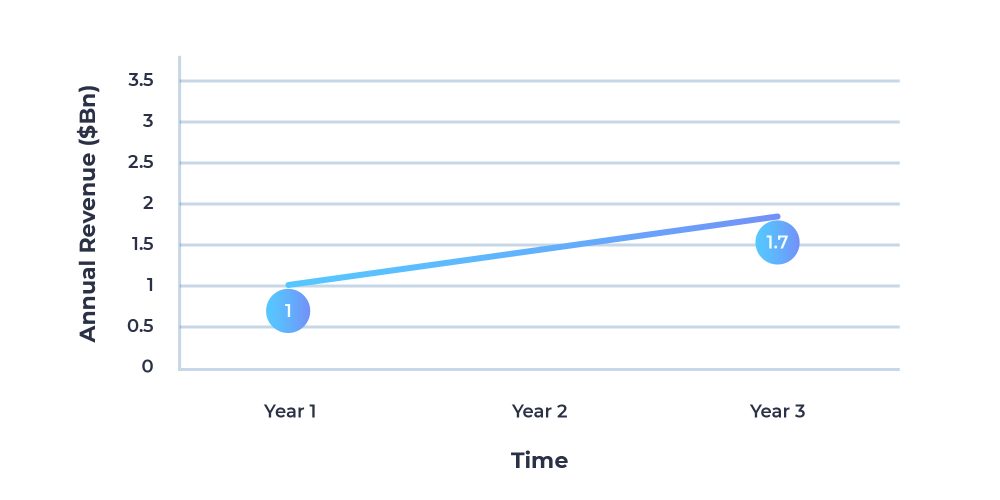
AEM is one of the most renowned content management suites. It’s a powerful solution that simplifies content management and delivery, which enables brands to deliver seamless digital experiences via web, mobile, and apps.
While it has become an indispensable part of many organizations, it isn’t a one-stop-shop for their customers. Why? Let me explain.
Information tends to be scattered across a variety of channels like community, documentation, help center, and whatnot. Every enterprise has an array of digital avenues. Your prospects might have questions regarding your portfolio, support, policies, etc.
Now, I’d be lying through my teeth if I say I happily check all channels to find whatever I need and turn into a loyal customer. Most people expect to find everything packaged inside your corporate website. But when that bubble bursts, they abandon ship.
Customers are the king of the digital marketplace. If they’re not happy, keeping the business afloat can become extremely hard. That has made customer experience (CX) more important than ever. It offers a lot in return; according to a Qualtrics report:
We built a model to estimate how a modest improvement in CX would impact the revenue of a typical $1 billion company across in 20 industries. On average, companies can gain $775 million over three years. Software companies stand to earn the most ($1 billion over three years).

Cognitive search helps you convert your website into one-stop knowledge warehouses that elevate CX like you could’ve never imagined. Want to know how? Here we go:
Unlocking True Knowledge Shops with Cognitive Search
When you implement cognitive search on your AEM website, you’ll be able to:
1. Provide Better Access to Knowledge
One of the biggest USPs of cognitive search is that it was developed to bring together all your organizational knowledge and make it accessible from any point, which in this case is your AEM powered portal. This way, when visitors search your website, they’re scouring all the repositories, thus saving time and frustration.
2. Understand User Intent with NLU
Natural language understanding (NLU) empowers the core engine to contextually understand the search query for better comprehension of the user’s intent. This is a far superior approach than the vanilla keyword matching as the results are highly relevant. On top of that, the algorithm also powers a bunch of nifty features such as synonym identifier, spell-checker, etc.
3. Control & Optimize the UX
What good are hundreds or thousands of results if the user doesn’t click on any? To prevent that from happening, the cognitive engine proactively optimizes search results for relevance. This is achieved by analyzing user and behavioral data to align results with user interests. It helps propel clickthrough rates and enrich the user experience.
4. Personalize UX with Smart Facets
There are times when you stumble upon a prospect who knows squat about your branding jargon. As a result, their queries might not populate relevant results, that is if there are any. In such cases, cognitive search engines make the going a lot easier. They can quickly process the user query to understand it and map it with the most specific solutions that you offer.
5. Extract Actionable Insights
No matter how hard you try, there can be instances where a prospect is searching for something that just isn’t producing any results. This could be because you don’t have any pertinent information or it’s just buried under a lot of results. Either way, you stand at the risk of losing customers. This is the advanced insights engine springs into action. It identifies and logs incidents null results so that you can easily plug the holes.
6. Drive Engagement with Search-fueled Chatbot
These are global times. Like cities, businesses too never sleep. Questions keep coming in day in and out from all over the world. This is where chatbots driven by search can leave their mark. What helps them stand apart is the fact that they don’t shy away from unscripted interactions.
They leverage NLU to understand a query and consequently frame a meaningful response. To further sweeten the deal, they can also quickly search your repositories and attach any additional information it finds.
Want to Win the Customer Experience Battle? Harness the Full Potential of AEM!
To stay ahead of the curve, it is paramount to have an experience-first strategy in place where customers are treated like a novelty. Cognitive search solutions can make it happen by delivering AI-powered answers on your AEM website, thus helping to continuously enhance digital experiences, one interaction at a time!
Want to know more about cognitive engines and their impact on your tech stack? Then request a live demo now!



















